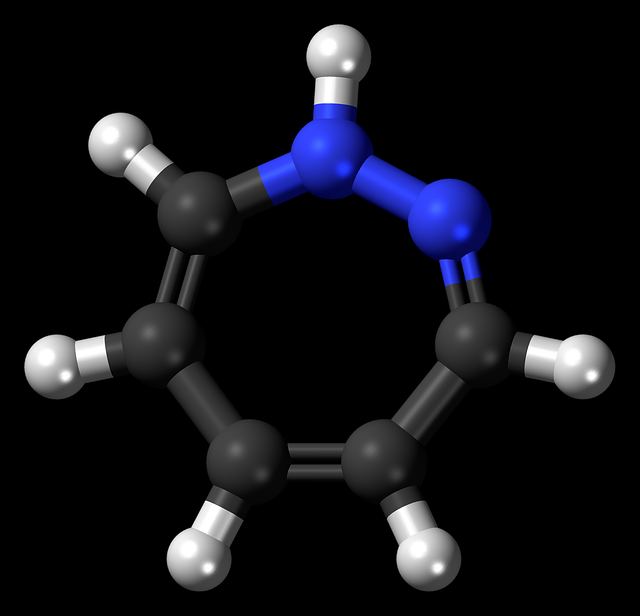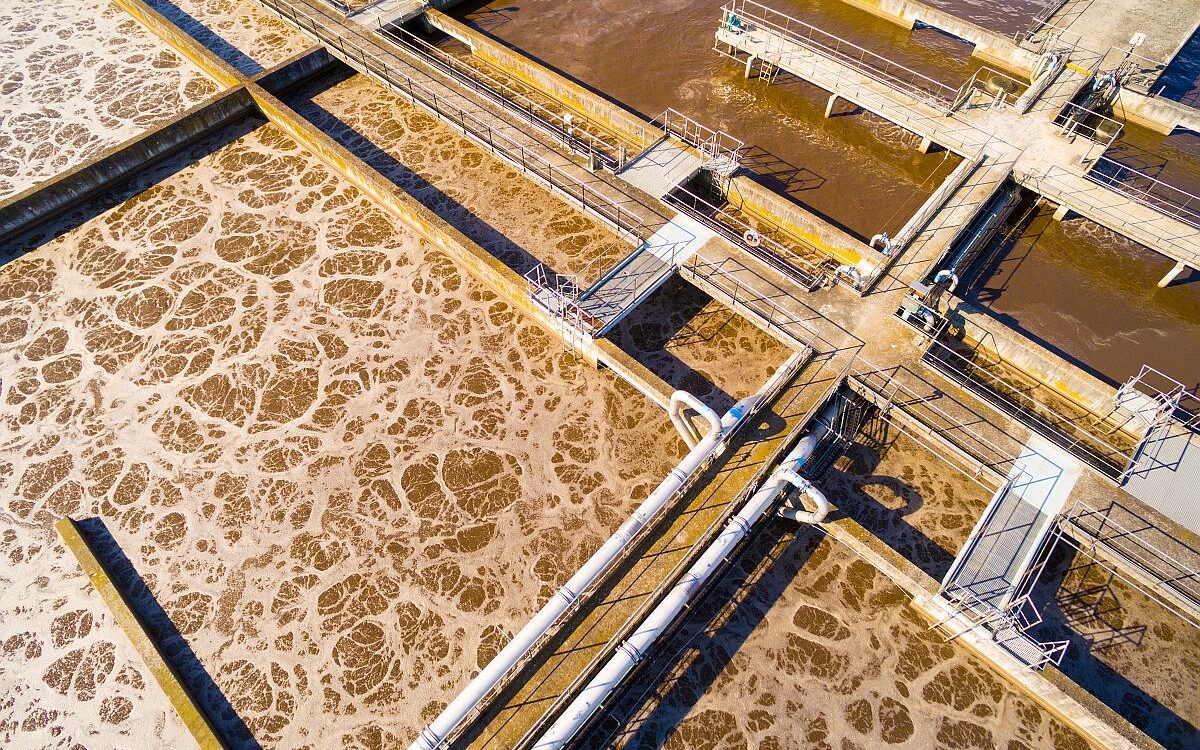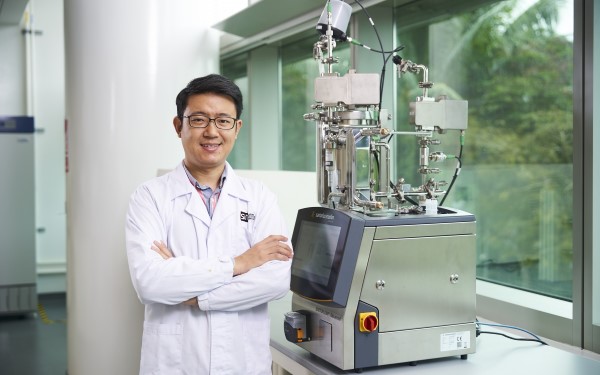First marketed as Valium, Diazepam is available in hundreds of brands. The drug is one of three benzodiapezines in the World Health Organisation list of essential medicines, but is also widely abused as an addictive prescription drug.
In cities running out of water, removing pharmaceuticals from wastewater in a simple, low cost way is becoming a priority.
Pharmaceuticals in the environment
Prescription drugs like Diazepam tend to slip through traditional wastewater treatment plants. These plants are not designed to remove the thousands of different pharmaceuticals in use globally. As drug use increases, legal and illegal pharmaceuticals enter the environment through treated sewage and wastewater discharged from drug manufacturing.
"Existing processes that can remove Diazepam and other drugs at large scale from wastewater are expensive, time consuming, inefficient, or all three. Some also consume a lot of energy in multiple steps, or use toxic and hazardous compounds unfriendly to the environment," says Prof Gupta. "Also, Diazepam is not easy to remove from wastewater using traditional methods. It is partially soluble and has a small particle size. For efficient, targeted removal, advanced hybrid nanomaterials are needed," he says.
Prof Gupta is the South African Research Chair (SARChI) for Nanotechnology for Water and a Professor in the University of Johannesburg Department of Applied Chemistry. In January 2018, he was named a Fellow of the Royal Society of Chemistry.
Drug concentration in fresh water and wastewater
In 2017, a team headed by a researcher from New York State University announced a new method to simultaneously test for 89 legal neuropsychiatric pharmaceuticals and illicit drugs in unfiltered wastewater and fresh water. Diazepam and several other benzodiapezines are included in the list.
Also, in 2017, a review of seven psychoactive drugs, and to what extent they show up in the aquatic environment, was published by Rio de Janeiro State University (UERJ). The review analysed research about Diazepam and five other benzodiapezines.
The researchers found that the presence and concentration of psychoactive drugs is roughly the same in treated wastewater and untreated wastewater. They found that lower-income countries are worse affected. Also, in surface water, psychoactive drugs tested for were "mostly within the range that caused measurable toxic effects in ecotoxicity assays".
The big thirst
As the world rapidly urbanizes, city populations grow significantly in short timescales. In some regions this means that fresh water resources become more constrained.
As a city’s options for fresh water become more limited, re-using waste water, even for drinking purposes, becomes a more important option. However, for a city in a developing country, removing pharmaceuticals from waste water needs to happen in an efficient, cost-effective and speedy way. The treated water can then be added back in low volumes to the city’s water supply, as is done already in Orange County in California, Singapore and Perth.
Faster, low cost wastewater treatment
"Implementing this water treatment in municipal wastewater treatment plants should be relatively quick and simple," says Prof Gupta. "Titanium dioxide nanofibers remove Diazepam and related drugs in a targeted way, during the photocatalytic decomposition process. The fibers can be used as filters in municipal or industrial treatment plants", he says.
The filter and screen will be made up of hybrid nanomaterials which are highly efficient in the removal of noxious pharmaceutical and other inorganic and organic impurities from municipal and industrial wastewater, says co-author Dr Ali Fakhri from the Department of Chemistry at Islamic Azad University, Tehran, Iran.
"We use a modified hydrothermal manufacturing method, which produces a dense chain network of hollow fibers. The fibers are cross-linked and stable, so there is low risk for fibers to be emitted in the purified wastewater," adds Dr Fakhri.
The nanofibers can be used to remove industrial dyes and other organic pollutants as well. However they need to optimize some important parameters on the fibre structure first, he says.
Pilot plant
Prof Gupa concludes: "The process to make the fibers is also simple and cost-effective. We are planning a pilot plant at the University of Johannesburg to manufacture these nanofibers. Every aspect of the pilot plant is planned to minimize nanofiber pollution to the environment.
"Later the pilot plant will be followed by a demonstration wastewater treatment plant, to show how nanotechnology can remove a range of pharmaceutical impurities efficiently, rapidly, and at low cost."
Source: University of Johannesburg.







